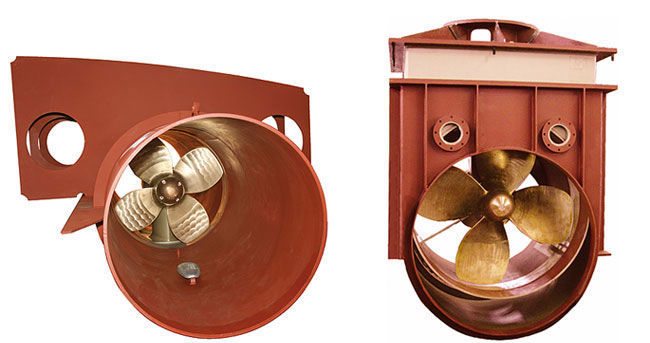Michael Herring of SKF (U.K.), explains how big data and analytics for predictive maintenance draw valuable insights about the machine operation. Nowadays, electric motor analysis is a useful tool for critical equipment as it can allow data to be accessed centrally, at any time, which helps technicians and managers make decisions quickly and more effectively.
The principles of condition-based maintenance are simple: understand how a machine normally behaves, then watch for the tell-tale changes that reveal potential problems. Usually, this initial understanding is achieved through the use of sensors and data recording equipment to monitor levels of vibration, temperature and other factors over a long period of time.
One very important category of machine generates a continual stream of rich data about its own performance without the need to add any additional sensors at all. As an electric motor runs, fluctuations in the currents and voltages through its coils can reveal a lot about the performance of the motor and its load.
These parameters are easy to measure. The challenge is in interpreting the resulting data to draw useful insights about the machine. Until quite recently, this interpretation was an expensive, specialist job. Now, however, advances in data analysis technology have allowed much of the hard work to be automated, making dynamic motor analysis a far more accessible and useful tool for a wider range of applications.
Portable or route-based dynamic test equipment collects voltage and current information from the motor during normal operation. They use a set of algorithms to assess the quality of the power supplied, certain issues within the motor such as rotor bar condition, and a host of mechanical issues with the load. Depending on the specific equipment used, they can also provide torque information, both in real time and as a spectrum across a pre-determined frequency range. This provides a wealth of information, as well as helping to distinguish a mechanical problem in the wider machine from an electrical problem in the motor. Some systems also record trending of key parameters over time, updating automatically after every test, to allow the identification of gradual changes in machine condition.
In one valuable example, technicians at a US coal-fired power plant used a test unit to investigate why one of three submerged water pumps was requesting less input power and, as a result, running faster. They used the device to capture the torque signature of all three pump motors, giving a snapshot of the load demands of each one. The pump of interest had a torque level of around 75% that of a healthy pump, but the torque was also fluctuating severely. It was examined by a diver who discovered that the end bell had fallen off, which was causing the problem. The company estimates that identifying the problem and repairing the pump prevented losses of almost $3.5 million (around £2.5 million), which would have otherwise have resulted from falling output.
For highly critical equipment, companies are increasingly adopting permanently installed online motor monitoring systems, which monitor multiple motors on a continuous basis. These systems allow data to be accessed centrally, at any time, which helps technicians and managers make decisions quickly and more effectively. Alerts can flag up the need to investigate or replace a critical motor, while trend data from months of monitoring can help to prioritise maintenance planning. Tens or even hundreds of assets can be monitored automatically with these systems, allowing issues to be spotted faster, reducing labour costs and the need for technicians to spend time in hazardous areas. Some service companies even offer remote diagnostic services (RDC), remotely monitoring data from critical machines located anywhere in the world. When an issue becomes apparent, the service company contacts the site to discuss the issue and the action that should be taken.
By Michael Herring, Business Development Manager – Electric Motor Condition Monitoring at SKF (U.K.) Limited
Above article has been initially published on Linkedin and is reproduced here with author’s kind permission.
The views presented hereabove are only those of the author and not necessarily those of SAFETY4SEA and are for information sharing and discussion purposes only.
[divider]

Michael Herring has been involved with motor testing for thirty years, and is currently responsible for developing sales of SKF’s motor testing equipment and services within SW Europe. This involves customer demonstrations, running technical seminars, customer training, training of SKF engineers and applications technical support.




























































